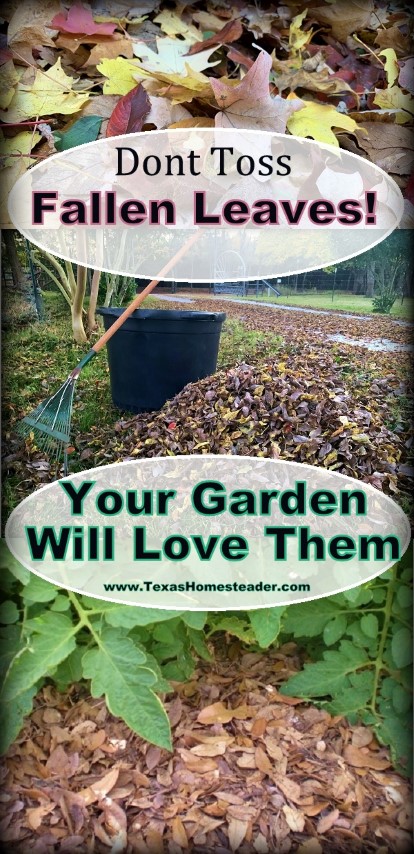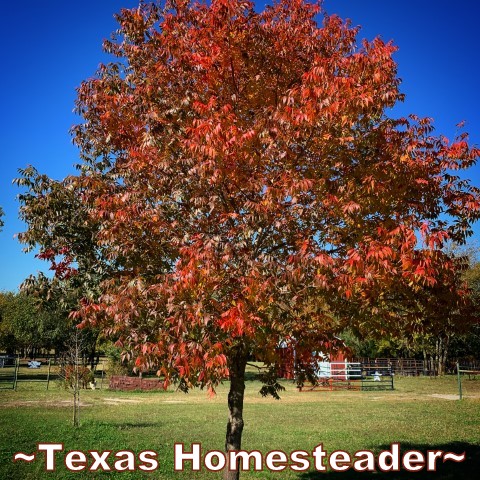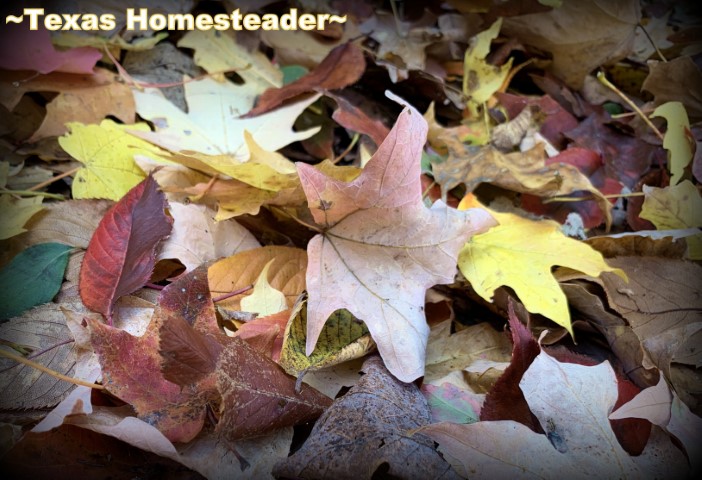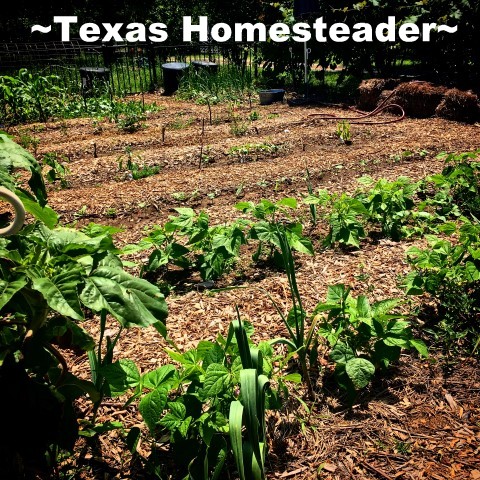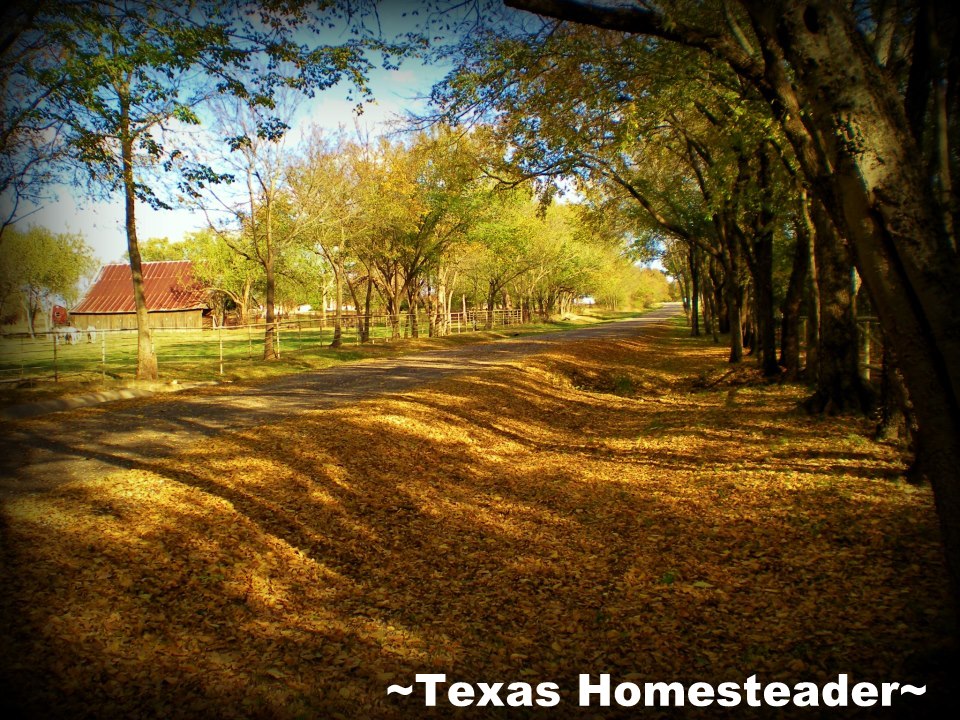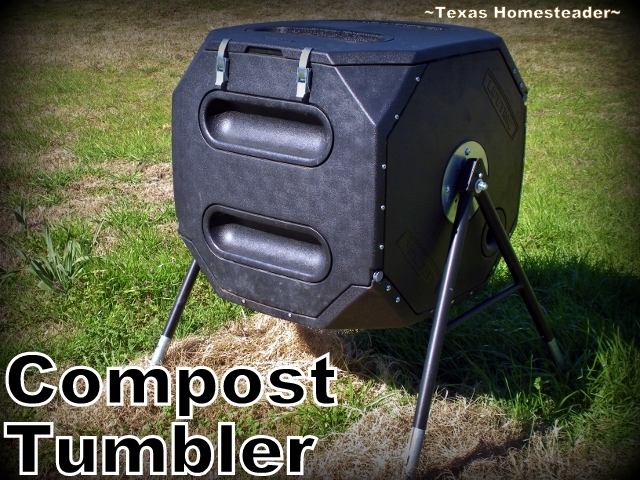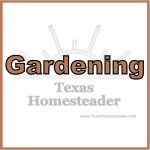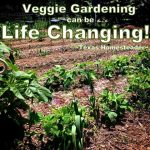by Texas Homesteader ~
This time of year many are dealing with lots of falling leaves. But don’t send them to the landfill! They can be used to keep your garden soil healthy and suppress weeds.
That all adds up to a healthier garden with less work. What’s not to love??!
(Note: Some links in this post will take you to other related articles for further information. But links preceded with * are affiliate links. If you click and buy something I could receive a tiny commission.)
Don’t Bag It! Benefits Of Using Fallen Leaves:
When leaves are stuffed into huge plastic bags & sent to a landfill, a valuable resource is wasted.
Here are several benefits to reusing leaves after they fall from the tree.
Leaves On The Ground – Natural Habitat
We have lots of trees here on the homestead. But I don’t rake up our leaves just to tidy our property.
I feel it’s important to the ecosystem to allow some leaves to stay where they are. Many tiny lifeforms rely on that leafy ground covering.
But if you need to remove them from your yard, instead of sending them off to the landfill you can use them in your garden. (or offer to a gardening friend)
Benefits Of Leaves In The Garden
Our summers are typically very hot and dry. I need to give my garden plants every opportunity to thrive.
Leaves can solve a few garden challenges, including
Free Mulch
Cooler summertime soil temps
Better moisture retention
Less weeding
Healthier plants
So my veggie garden is always mulched in some way. I prefer to use leaves as mulch.
Leaves For Mulch In The Garden Add Nutrients To Soil
According to Texas A&M University, fallen leaves contain 50% – 80% of the nutrients that the tree had taken up from the ground.
I place whole leaves on top of the soil in the garden as mulch. But I also use broken-down leaves to amend the soil.
Both uses benefit my garden plants.
How Long Does It Take Leaves To Break Down?
Leaves break down at different rates. Thinner Maple leaves break down more quickly than thicker Live Oak leaves.
Thicker Leaves For Mulch: Thicker leaves take close to a year to break down. So I’ll reserve the smaller thicker harvested ones for mulching around my actual veggie plants.
Leaf Mold For Soil Amendment: When light-weight leaves are broken down for around 6-months or so they turn into leaf mold. I mix it into the top of my garden soil to give the soil a fluffier texture plus a nutrient boost for healthy plant growth.
How To Break Leaves Down More Quickly
If leaves are chopped they’re ready to use in the garden more quickly – typically in just 3-6 months.
So you can speed the breaking down process by crushing or chopping them when they’re harvested. There are many simple methods for crushing leaves.
Easiest Methods For Crushing Leaves
Low-Tech – I rake leaves into a pile & transfer them into huge buckets. Then I step inside the bucket and stomp around like I’m stomping grapes. This works best with finer, thinner leaves such as maple.
Lawn Mower With Bag – A mulching mower with a bagger makes chopping leaves simple – just mow over them. The mower will crush the leaves & the bagger will make it easy to capture them.
Leaf Chopper – To make it even easier you can get a *Leaf Chopper to chop them quickly.
Making Natural Leaf Mold Soil Amendment
I sometimes just place chopped leaves right on top of my planting areas to begin degrading.
But other times I make leaf mold by chunking them into one of my four *Tumbling Composters.
Leaves break down over the fall & winter. Then next spring I’ll mix the degraded leaf mold lightly into the top layer of my garden planting soil.
It makes good use of a FREE resource – leaves. Who knew they could be so beneficial?
So don’t bag those leaves & haul them to the landfill. They can be a very valuable resource in your garden and offer healthier plants next spring and a larger harvest too. #UseWhatchaGot
~TxH~
My Favorite Garden Hacks
Garden Planning
- Easy Garden Planting Plan Spreadsheet
- Prepare Now! Late-Winter Garden Checklist
- How To Make Your Own Garden Soil
- Prepare Your Garden For Spring Planting
Seed Planting
- Planting Seeds In A Milk Jug Mini-Greenhouse
- Using A Clear Tote As An Indoor Greenhouse
- Repurposed Cardboard Seed-Starting Pots
Soil Health
- Easy Compost For A Healthy Garden
- How Leaves Benefit Your Garden
- Using Manure In Your Compost & Garden
Garden Styles
- How & Why To Use Raised Beds In Your Garden
- Planning & Planting A Fall Garden To Extend The Harvest
- 3-Sister’s Garden – The Original Companion Planting
- Planting A Large Galvanized Trough
- Where I Found The BEST Raised Bed!
- Planting A Blueberry Bush In Rustic Galvanized Tub
- Ultimate Guide To Properly Planting Trees
- Creating A Vibrant Pollinator Garden
Garden Plants/Harvest
- Stevia – Growing Your Own Sweetener!
- My Simple, Zero-Waste Herb Drying Setup
- The Lazy Gardener’s Plant List – Plant Once, Eat For Years!
- How To Tell When Watermelon Is Ripe
- Luffa A Surprising Zucchini Substitute!
- How To Plant & Grow The Best Tomatoes
Water/Irrigation/Drought
- Keeping Potted Plants Watered
- Repurposing A Coffee Can For Deep-Soak Watering
- 3 Rainwater Collection Systems We Use
- Cheap (or FREE) Wood Mulch For The Garden
- Using Vining Plants For Living Mulch
- Surprising Use For Empty Clay Pots In The Garden
Weed Control
Garden Tips
- How To Save Outdoor Plants Even During A Hard Freeze
- Growing A Sustainable Garden: Eco-Friendly Practices
- Tricking Birds AWAY From Your Strawberry Plants
- Protecting Tender Seedlings From Wind
- Homestead Hack: Remember Where You Planted Seeds
- How I Use EcoBricks In The Garden
MORE Gardening Posts
C’mon by & sit a spell! Come hang out at our Facebook Page. It’s like sitting in a front porch rocker with a glass of cold iced tea. Lots of good folks sharing! You can also follow along on Pinterest, on Twitter or on Instagram.
If you’d like to receive an email each time a new blog post goes live it’s EASY to subscribe to our blog!

